Imagine a world where ancient cats, not quite like any you’ve ever seen, roamed forests that spanned from Europe to Asia to North America. These mysterious creatures, called Pseudaelurus, are like a missing puzzle piece in the story of all modern felines. It’s wild to realize that house cats and lions alike can trace their family tree back to these adaptable wanderers. Their journey across continents is not just a tale of survival, but of transformation—shaping how cats look, hunt, and live today. The more we learn about Pseudaelurus, the more we see how intertwined their fate is with the world we know now. Let’s dive into this surprising chapter of feline history and discover what truly makes these ancient cats so special.
The Dawn of Pseudaelurus
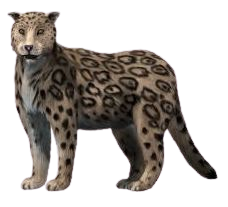
There’s something thrilling about picturing the Earth millions of years ago, when Pseudaelurus first appeared. Unlike the cats lounging on your couch, these early felines were pioneers—bold, curious, and ready to explore new worlds. They emerged during the Miocene epoch, a time of dramatic changes and shifting landscapes. Pseudaelurus was small, sleek, and built for adaptation. Their existence marks the moment when the true cat lineage began to split from their saber-toothed cousins. Imagine their soft paws pressing into ancient soil, venturing into unknown forests and plains, setting the stage for every whiskered face we know today. These cats were the unsung heroes of evolution, quietly shaping the paths that would lead to lions, tigers, and the kittens napping in our homes.
A Bridge Between Worlds

Pseudaelurus didn’t just stay in one place—they journeyed across continents, connecting the old world to the new. Fossils of these ancient cats have been found in Europe, Asia, and North America, revealing a phenomenal story of migration. Each time they crossed new lands, they adapted, changed, and grew. In a sense, they became a living bridge, sharing their genes and instincts with future generations of cats. Their wanderlust reminds us of the resilience and curiosity that still lives in every feline. Without their courage to venture into the unknown, the world of cats would look very different today. The story of Pseudaelurus is a story of movement, of brave leaps across oceans and mountains—an inspiring reminder that even the smallest paws can leave a global mark.
The Shapeshifter’s Advantage
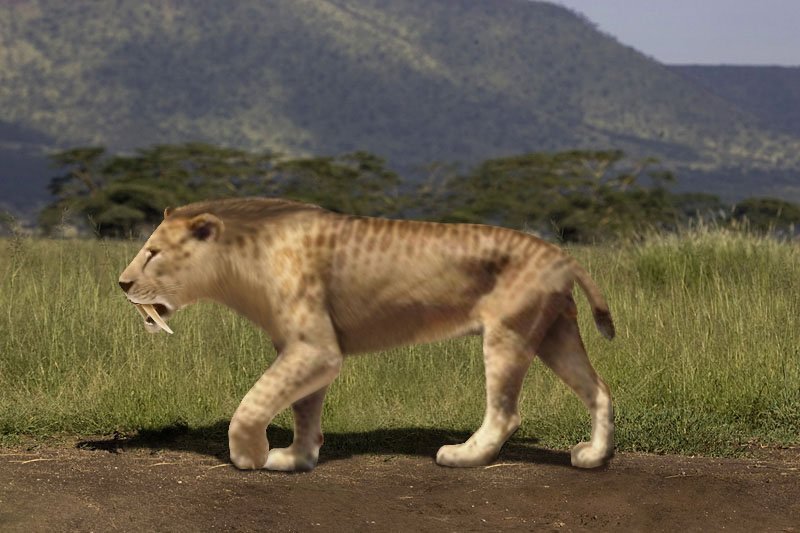
If there’s one word for Pseudaelurus, it’s adaptable. These cats had bodies built for change, allowing them to thrive in a range of habitats. Unlike the specialized saber-toothed cats, Pseudaelurus was more like a feline Swiss Army knife—flexible, nimble, and resourceful. They could climb, leap, and stalk prey with surprising skill. Their teeth were sharp, but not oversized, giving them the versatility to eat a variety of foods. This adaptability was their secret weapon, helping them survive changing climates and shifting ecosystems. When you watch a modern cat twist and leap, you’re seeing echoes of the Pseudaelurus ingenuity. Their story is a gentle lesson in the power of staying open to change and embracing new challenges as they come.
Fossils Tell the Tale

Cradled in layers of ancient earth, the fossils of Pseudaelurus whisper their secrets to us. Each bone and tooth is like a time capsule, holding clues about how these cats lived, moved, and hunted. Paleontologists often describe the thrill of finding a Pseudaelurus jaw or skull—there’s a sense of wonder in holding something so ancient, yet so familiar. These fossils reveal that Pseudaelurus had a mix of traits: some like modern cats, others more primitive. The shape of their teeth, the curve of their spine, all hint at a life spent exploring, stalking, and adapting. Fossils don’t just tell us about the past; they connect us emotionally to the wild, forgotten worlds that shaped the creatures we love today.
The Miocene Playground
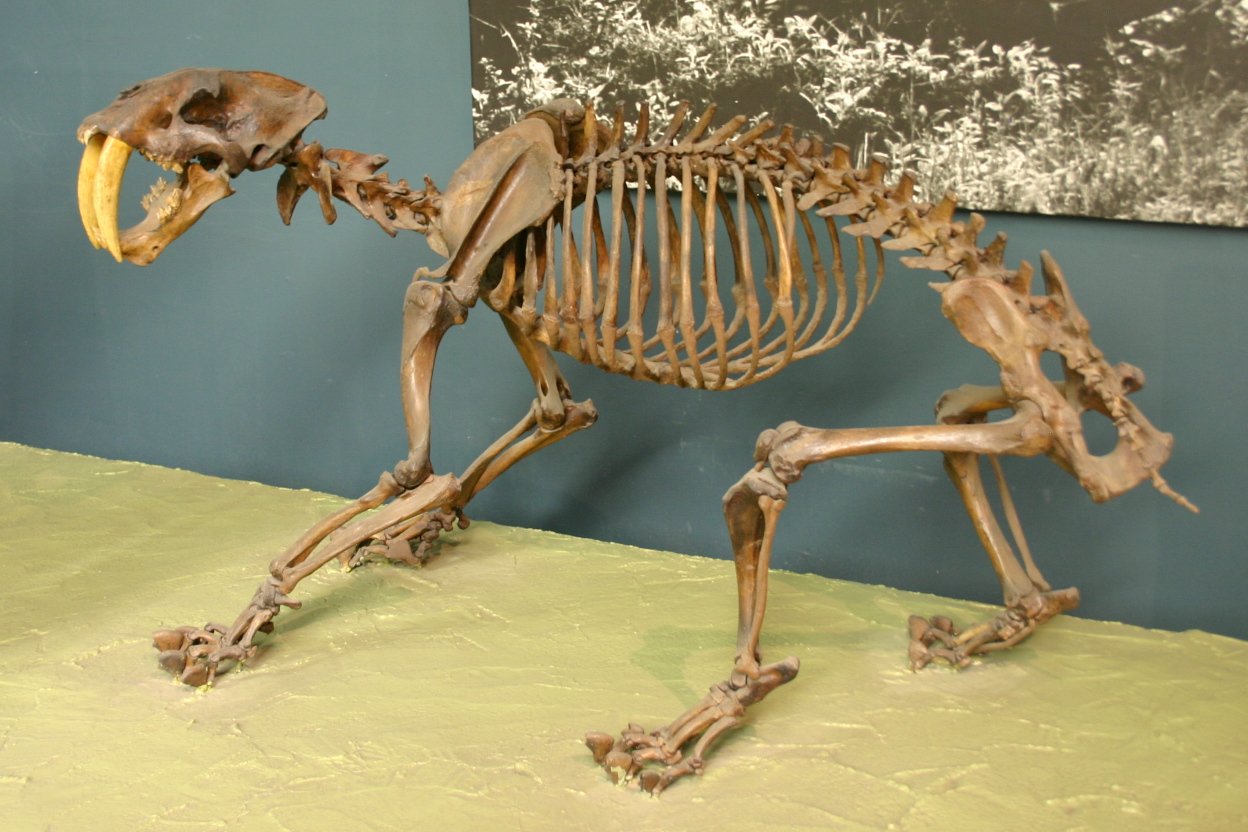
Uploaded by FunkMonk, CC BY-SA 2.0, https://commons.wikimedia.org/w/index.php?curid=16065893)
Picture lush forests, sprawling grasslands, and winding rivers—the Miocene epoch was a playground for life, and Pseudaelurus was right at the center of it. This was a time of warm climates and abundant prey, perfect for adventurous cats. The landscape was wild and unpredictable, filled with new challenges and opportunities. Pseudaelurus learned to navigate thick undergrowth, climb trees for safety, and stalk prey in open spaces. Their surroundings helped shape their bodies and behaviors, teaching them lessons in patience and stealth. Today’s cats still carry the spirit of the Miocene in their playful pounces and quiet curiosity. The world of Pseudaelurus is a reminder of nature’s creativity, and how the environment can sculpt the very soul of a species.
The Mystery of Their Eyes

Have you ever looked into a cat’s eyes and felt like you were staring into ancient wisdom? That feeling might just be true. Pseudaelurus had keen, forward-facing eyes, giving them excellent depth perception—a crucial gift for a predator. Their gaze helped them judge distances, leap onto branches, and sneak up on prey. This adaptation would become one of the defining features of all cats, from domestic tabbies to roaring lions. There’s an old saying that eyes are windows to the soul, and in the case of Pseudaelurus, their eyes were windows to a world of silent hunts and shadowy forests. Next time your cat locks eyes with you, remember: you’re sharing a connection that stretches back millions of years.
The Whisper of Their Fur
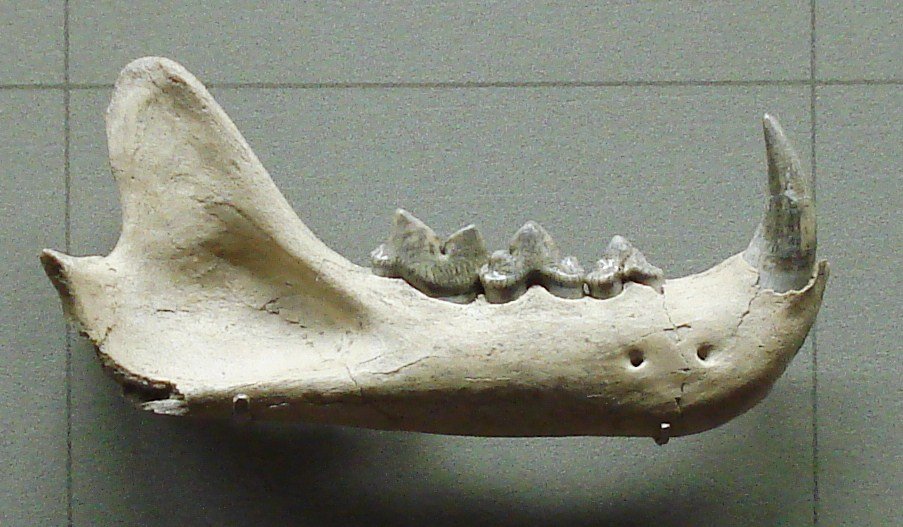
While we can only imagine what Pseudaelurus fur felt like, it’s likely they wore a coat well-suited for blending in. Camouflage is a cat’s secret weapon, and Pseudaelurus probably needed every trick to survive among larger predators. Their fur may have been dappled or striped, helping them hide in shadows or tall grass. This natural artistry was essential for both hunting and staying safe. Every time you see a tabby cat with subtle stripes or spots, you’re glimpsing a living echo of the past. The beauty of feline fur is more than skin deep—it’s a testament to millions of years spent adapting, hiding, and thriving. The story of their coat is a soft, silent tribute to survival.
Hunters With Heart
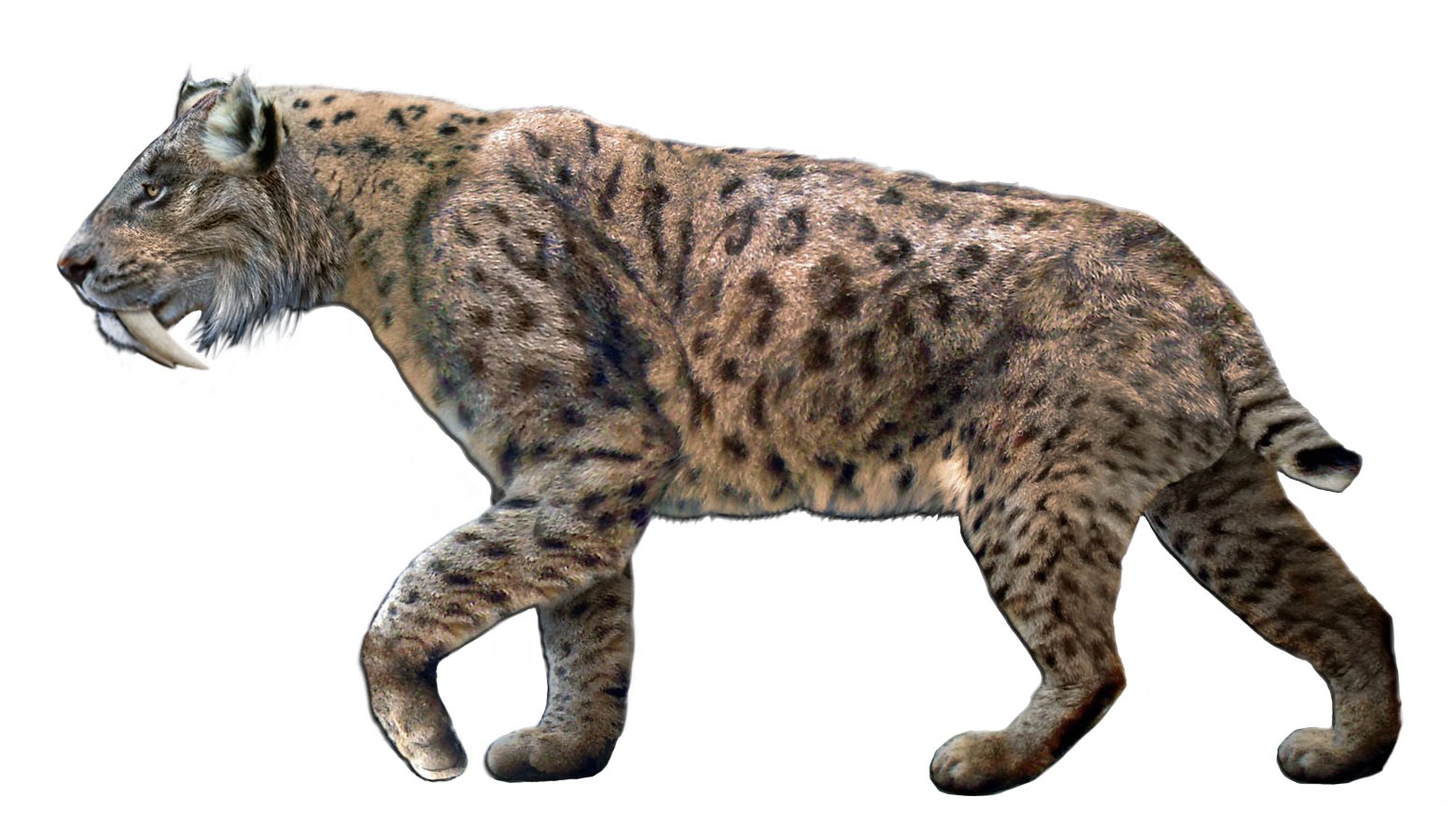
Pseudaelurus weren’t just predators—they were survivors, learning to hunt with patience and skill. Unlike the brute force of bigger carnivores, these ancient cats relied on stealth, timing, and cleverness. They stalked small mammals and birds, using every muscle and sense to get close without being seen. Hunting was a dance, a test of nerves and instinct. This legacy lives on in the playful crouch of a kitten or the focused stare of a lion. There’s something deeply moving about the way cats hunt—not for sport, but for life. In Pseudaelurus, we see the origins of this quiet determination, shaped by the need to feed and protect their families in an unpredictable world.
Climbers and Explorers

Unlike some of the heavier, ground-bound cats that came later, Pseudaelurus was a natural climber. Their long tails and flexible bodies made it easy to scale trees and leap between branches. This gave them an edge, letting them escape danger, rest safely, and watch the world unfold from above. The thrill of exploration was written into their bones. Modern cats still carry this urge—just watch one scale a bookshelf or perch on a high ledge. The adventurous spirit of Pseudaelurus reminds us that curiosity isn’t just a trait, it’s a survival tool. These cats journeyed upward and outward, always seeking new perspectives and possibilities. There’s a quiet joy in knowing that the urge to climb, to see what’s around the next corner, is a gift from our ancient feline friends.
The Family Tree Unfolds

Pseudaelurus sits at a fork in the feline family tree, a humble ancestor whose descendants would become everything from mighty tigers to tiny house cats. Their genes carried secrets—adaptability, agility, and an uncanny sense of balance. Over millions of years, these traits branched out, evolving into the many forms of cats we know today. The family tree of cats is a tangled web, full of surprises and unexpected connections. When you trace it back, you find Pseudaelurus quietly holding the roots together. This ancient cat’s legacy is a living testament to the power of family, resilience, and change. Every purr, leap, and whisker twitch is a tiny echo of their long journey through time.
From Forests to Open Plains

Pseudaelurus didn’t just stick to one kind of habitat—they were explorers of every terrain. From dense forests to sweeping grasslands, they adapted to wherever life took them. This flexibility helped them survive in a world that was constantly shifting. Some learned to hide in trees, others to stalk across open fields. Their story is a reminder that sometimes the best way to thrive is to stay open to new places and experiences. Even today, cats are found in almost every corner of the world, from city streets to mountain peaks. The adventurous heart of Pseudaelurus lives on in every feline explorer, reminding us that home can be anywhere you find your footing.
The Disappearance Mystery
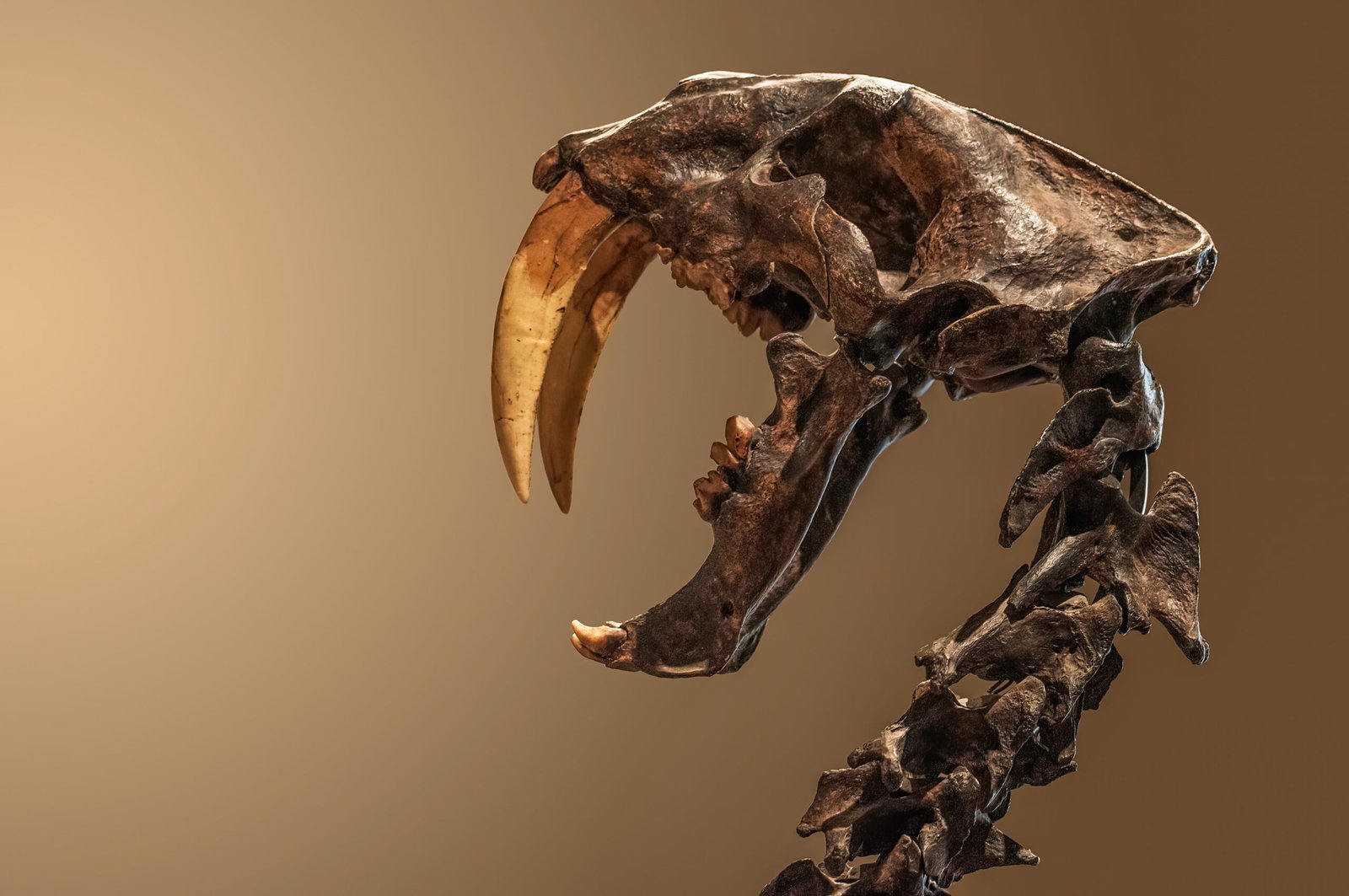
One of the most haunting questions about Pseudaelurus is why they vanished. Their disappearance is a puzzle, wrapped in the shifting climate and changing ecosystems of the Miocene. Some say competition from new predators played a role, while others point to environmental upheaval. Whatever the reason, their absence left space for other cats to evolve and fill new roles. There’s a bittersweet beauty in their story—an ancient chapter that ended, but made way for something new. The loss of Pseudaelurus is a gentle reminder that every species, no matter how adaptable, faces challenges beyond its control. Their memory lingers in fossils and in the quiet resilience of every cat that followed.
The Legacy in Modern Cats

It’s humbling to realize that every twitchy-tailed house cat and regal wildcat owes something to Pseudaelurus. Their DNA is woven into the fabric of all modern felines, shaping everything from hunting skills to the curve of a whisker. Traits that first appeared in ancient forests and plains are now seen in city apartments and savannas. The quiet persistence of Pseudaelurus gave rise to the most successful feline family in history. Their legacy is a living, breathing story—one that continues every time a cat leaps, purrs, or curls up in a sunbeam. In cherishing our modern cats, we honor the memory of these ancient trailblazers, whose courage and adaptability helped shape the world we share today.
A Lesson in Resilience
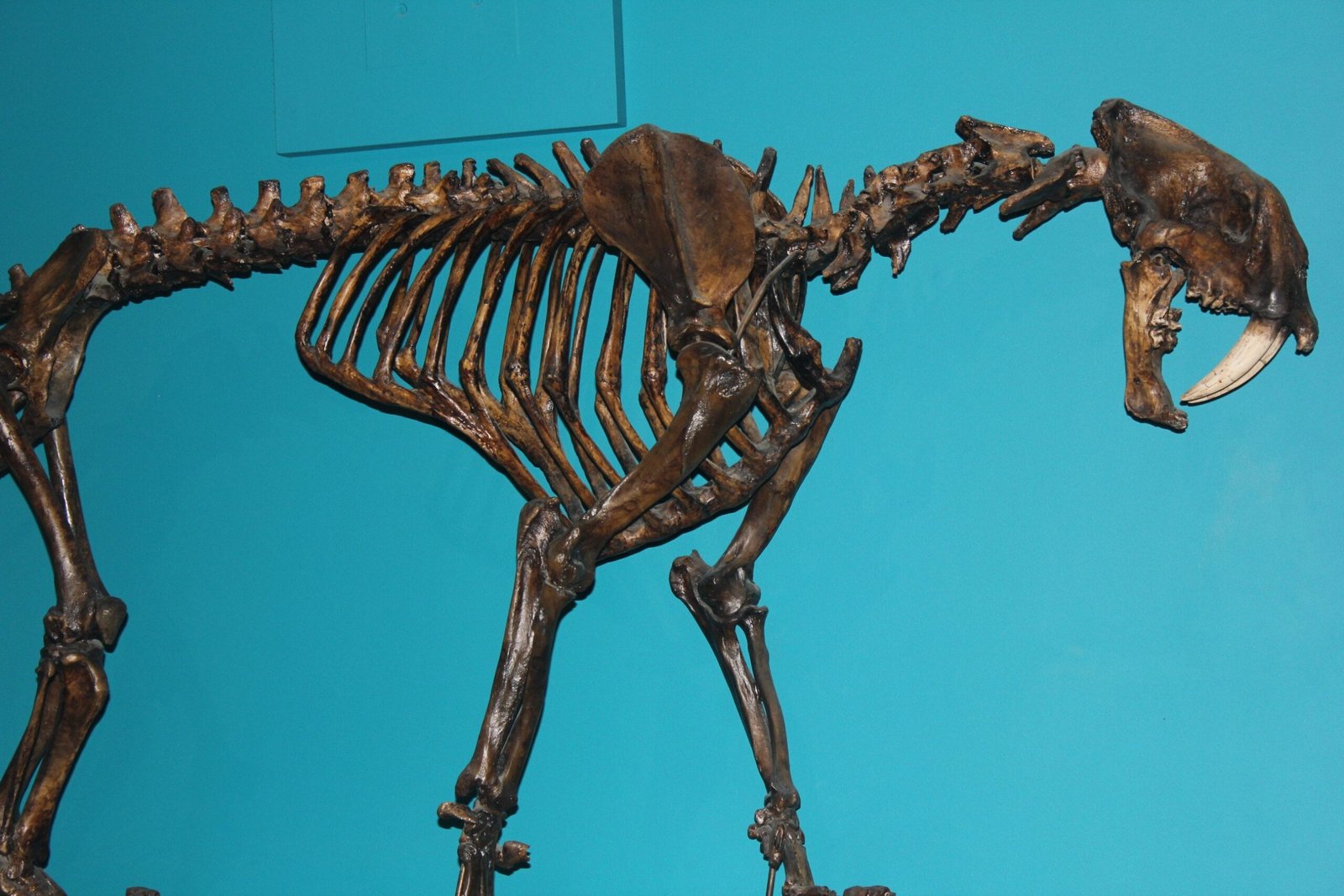
The story of Pseudaelurus is, at its heart, a lesson in resilience. They faced changing climates, fierce competitors, and the unknown. Yet, through all the challenges, they found ways to adapt and survive. Their journey reminds us that resilience is not about brute strength, but about flexibility, curiosity, and the willingness to try new things. Modern cats carry this lesson within them, thriving in environments as varied as snowy tundras and bustling cities. Every time a cat bounces back from a setback or finds a cozy spot in a strange room, you’re seeing the spirit of Pseudaelurus in action. Their quiet strength inspires us to meet life’s challenges with courage and grace.
The Quiet Conservationists

Though Pseudaelurus is long gone, their story offers a gentle nudge toward conservation. Their fate reminds us how fragile and precious our wild heritage can be. Today, many wildcats face threats from habitat loss, climate change, and human activity. By protecting the homes and lives of modern felines, we honor the memory of ancient cats like Pseudaelurus. Small actions, like supporting wildlife corridors or responsible pet ownership, can make a big difference. In cherishing our cats—wild and domestic—we become caretakers of a legacy that stretches back millions of years. The call to conservation is a quiet promise, whispered through generations, to keep the spirit of Pseudaelurus alive.
When Bones Become Stories

There’s something magical about fossils—they turn silent bones into rich, living stories. Each Pseudaelurus fossil is a chapter in the book of life, waiting to be read by curious minds. Paleontologists carefully study every ridge and groove, piecing together the habits and adventures of these ancient cats. It’s a humbling process, full of wonder and discovery. When you think about it, every fossil is a bridge between the distant past and our everyday lives. The story of Pseudaelurus is written not just in bones, but in the soft purrs and playful leaps of every cat we know. Bones may be silent, but their stories ring out across the ages, connecting us to a world we can only imagine.
The Power of Play

Have you ever watched a kitten chase a string or pounce on a shadow? That playful energy traces back to the instincts honed by Pseudaelurus. Play was more than fun—it was practice for survival. Young cats learned to leap, stalk, and pounce, skills they’d need to thrive in a wild and unpredictable world. This spirit of playfulness is still alive in every cat, a joyful reminder of their wild roots. When we play with our feline friends, we’re taking part in a ritual as old as time. The laughter and connection we share with cats today are echoes of ancient games played in sun-dappled forests. Play isn’t just entertainment; it’s a vital thread that ties us to our shared history.
Whiskers Through Time
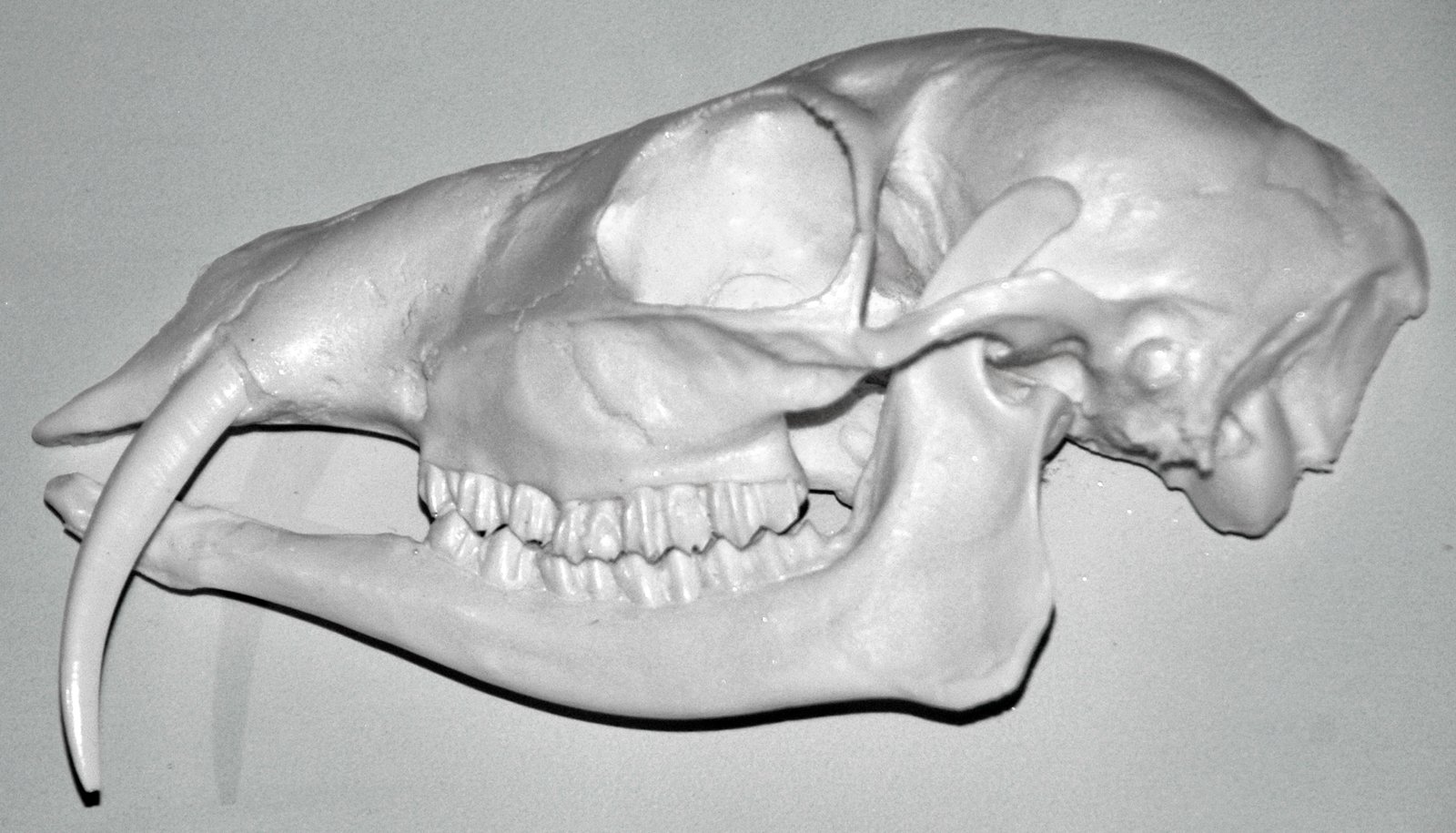
Pseudaelurus likely sported the same sensitive whiskers that modern cats use to navigate the world. These delicate sensors help cats judge spaces, sense vibrations, and find their way in the dark. Whiskers are like nature’s GPS, guiding cats through tangled forests or dim burrows. The thought that an ancient cat once twitched its whiskers in the breeze is strangely comforting. It’s a reminder that some parts of life are timeless—small miracles that have survived for millions of years. The next time your cat’s whiskers brush your hand, imagine the long line of ancestors who relied on this same silent tool to find food, avoid danger, and explore the wild unknown.
Sounds Lost to Time
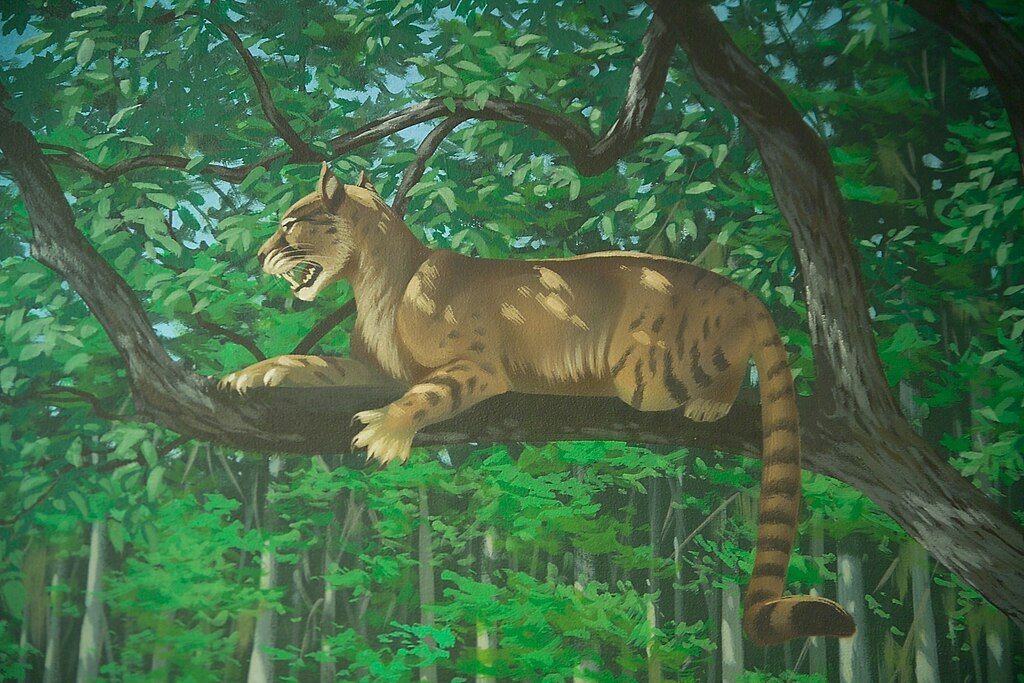
We may never know exactly what sounds Pseudaelurus made, but it’s likely they communicated with soft chirps, purrs, and growls. Vocalizations are a powerful tool for cats—used to warn rivals, comfort family, or express curiosity. Listening to a modern cat’s meow or purr, you might be hearing echoes of ancient conversations. These sounds are more than noise—they’re a way of connecting, sharing, and surviving. The language of cats is as old as their lineage, a melody that has carried through forests, plains, and across continents. Every purr is a note in a song that began millions of years ago, sung by cats who shaped the world just by being themselves.
Shadows of Saber-Toothed Cousins
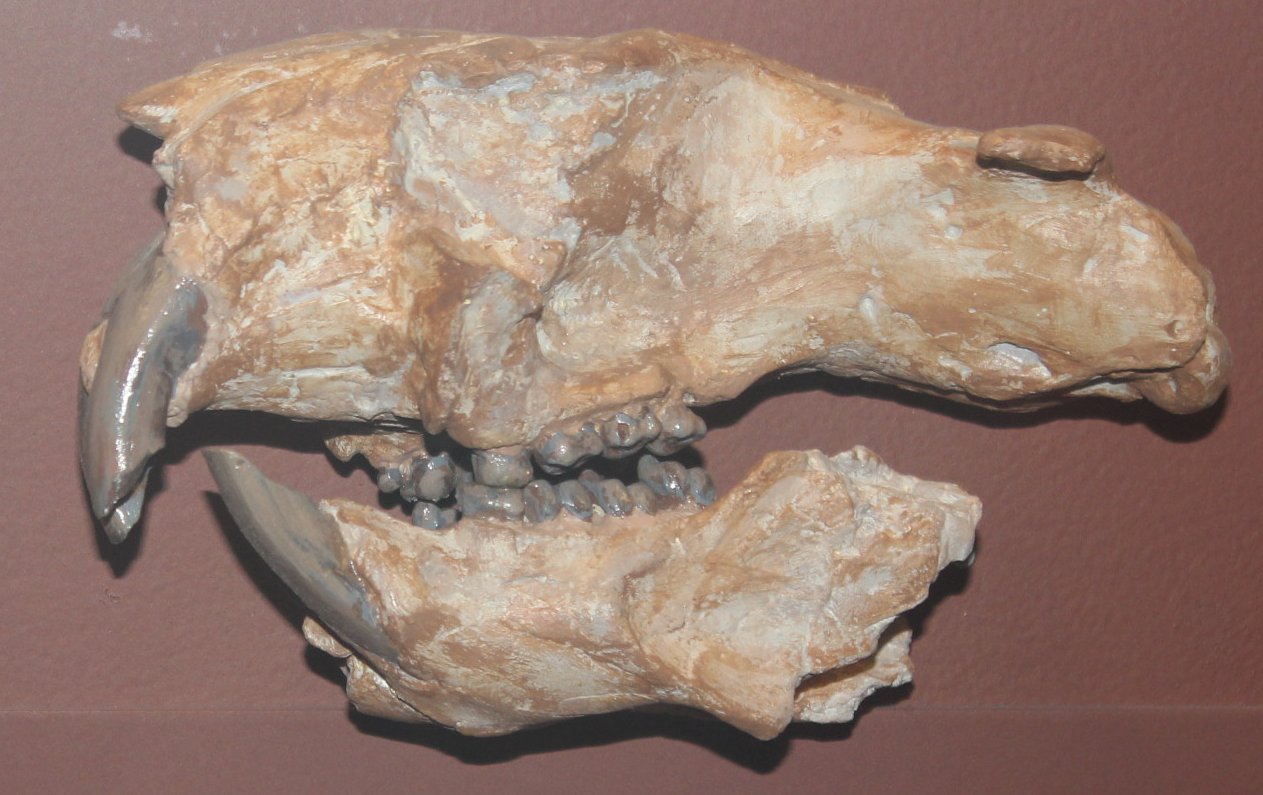
Pseudaelurus lived alongside some truly formidable animals, including the famous saber-toothed cats. But instead of competing head-to-head, they found their own niche. While saber-toothed cats relied on power and massive teeth, Pseudaelurus leaned into agility and adaptability. This difference allowed them to avoid direct competition and thrive in their own way. The world of the Miocene was a patchwork of predators, each carving out a unique path. The quiet confidence of Pseudaelurus shows that there’s more than one way to survive—and sometimes, the humble, adaptable approach outlasts even the fiercest giants. The shadows of their saber-toothed cousins remind us that every life has its own rhythm and pace.
Nature’s Artists

Every cat, from Pseudaelurus to your tabby at home, is a masterpiece of nature’s design. The balance, grace, and beauty of their movements are a form of living art. Pseudaelurus was no exception—each leap and stretch was a brushstroke in the grand canvas of evolution. Their bodies blended strength and elegance, shaped by the demands of survival and the possibilities of play. Watching a cat move is like glimpsing a living sculpture, crafted by time and chance. The art of being a cat is a subtle, silent dance—one that began in ancient forests and continues in living rooms and wild places everywhere. The story of Pseudaelurus is a celebration of this artistry, and of the quiet wonders hidden in every feline gesture.
Echoes in Our Homes
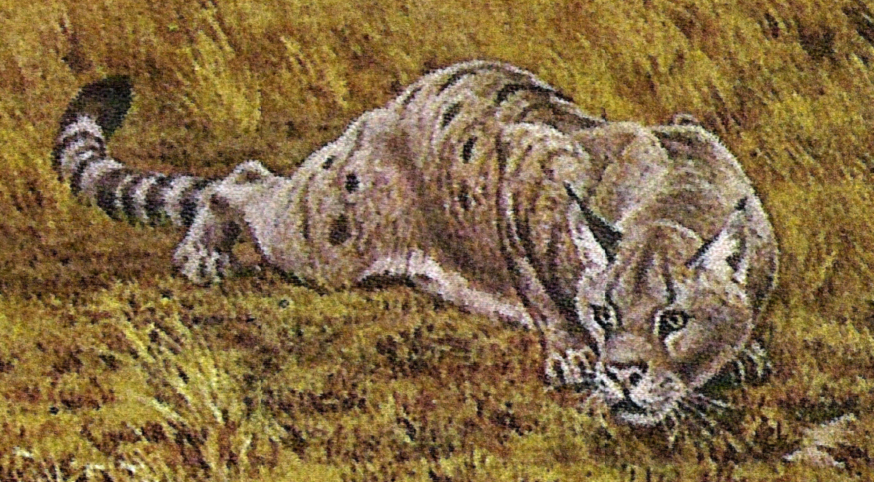
It’s astonishing to realize how much of Pseudaelurus lives on in our domestic cats. The way a cat stretches in a sunbeam, or curls up in a hidden corner, is a direct link to ancient habits. These behaviors aren’t just random quirks—they’re the legacy of a lineage that learned to survive by being cautious, curious, and creative. Every purr, every playful leap, is a thread connecting us to a world long gone. Living with a cat is like sharing your home with a tiny ambassador from the past, a reminder that history is never far away. The comfort and companionship we feel with cats today are built on a foundation laid by ancient paws, quietly exploring a world both familiar and strange.
The Science of Wonder
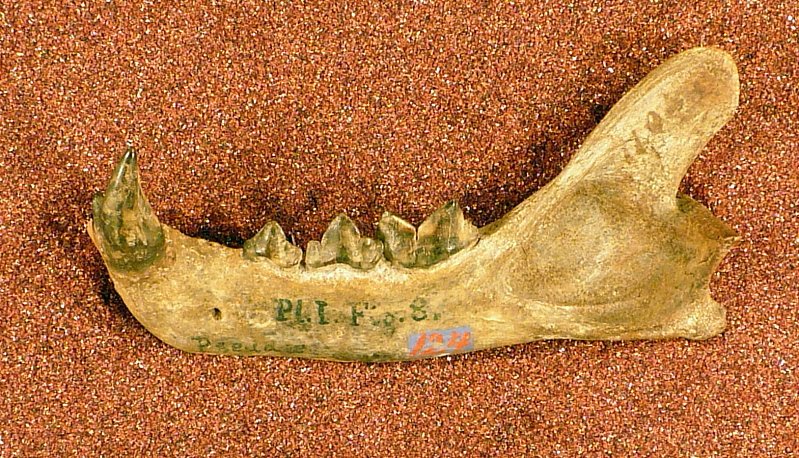
Studying Pseudaelurus is an act of wonder—of asking questions, seeking clues, and piecing together a story from fragments of bone and memory. Scientists are detectives, uncovering how these ancient cats lived, loved, and learned. The more we discover, the more we realize how much there is left to learn. Every new fossil, every fresh insight, is a spark of curiosity that lights up the past. This sense of wonder is contagious—once you start looking at cats with new eyes, you see the world differently. The science of Pseudaelurus isn’t just about facts and figures; it’s about the joy of discovery and the thrill of connecting with something bigger than ourselves.
The Heart of the Wild

Pseudaelurus was always a part of something larger—the wild world that shaped them, and that they helped shape in return. Their story is woven into the fabric of forests, rivers, and mountains. Every pawprint left a mark, every hunt shifted the balance. Today, wildcats still carry this legacy, living on the edges of human worlds and wild spaces. The heart of the wild beats quietly in every feline, a reminder that we are all connected by the stories of those who came before us. The tale of Pseudaelurus is a song of belonging, of finding your place in the world, and of honoring the ties that bind us to the earth and to each other.
Conclusion
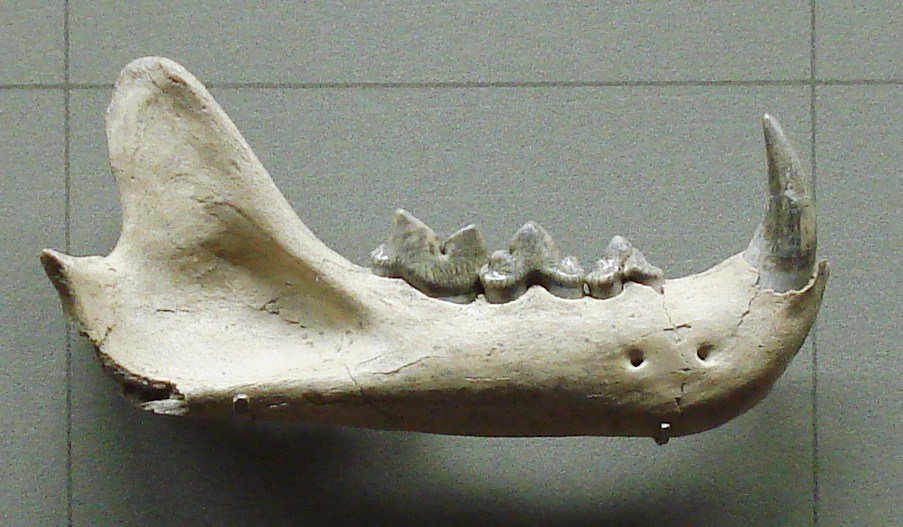
The story of Pseudaelurus is a gentle journey through time, connecting the fierce hearts of ancient cats to the playful spirits in our homes today. Their adaptability, resilience, and quiet artistry shaped the entire feline family, leaving a mark that echoes across continents and centuries. Every leap, purr, and curious glance carries a whisper of their legacy. In cherishing cats—wild and domestic—we celebrate this lineage of wonder, courage, and connection. The world of Pseudaelurus reminds us that history is alive in every soft paw and watchful eye. Next time you share a moment with a cat, will you see the ancient explorer within?

Linnea is a born and bred Swede but spends as much time as possible in Cape Town, South Africa. This is mainly due to Cape Town’s extraordinary scenery, wildlife, and atmosphere (in other words, because Cape Town is heaven on earth.) That being said, Sweden’s majestic forests forever hold a special place in her heart. Linnea spends as much time as she can close to the ocean collecting sea shells or in the park admiring puppies.






